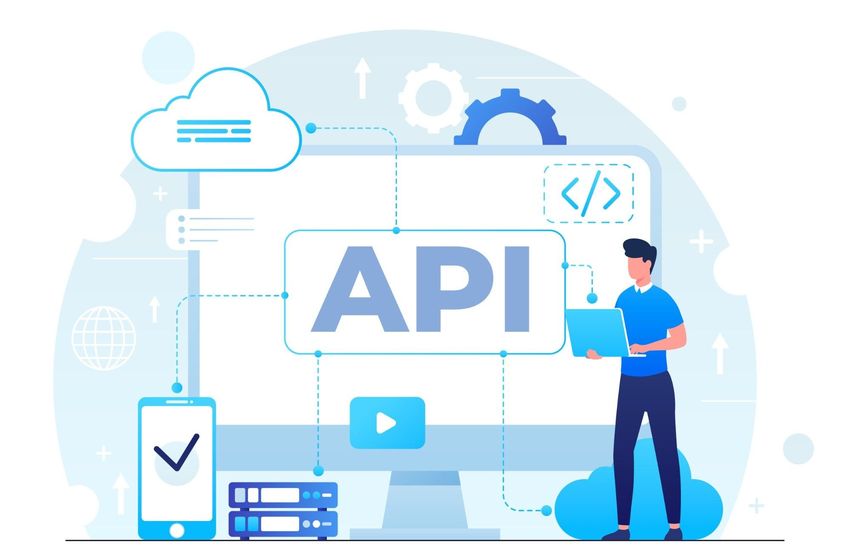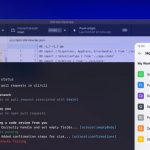APIs (Application Programming Interfaces) are the backbone of modern web development, allowing different software systems to communicate seamlessly. If you’re new to the world of coding or want to enhance your web development skills, building your very first API is a fantastic project to kickstart your journey. This guide will walk you through the basics, provide step-by-step instructions using Python and Flask, and offer tips to expand your knowledge.
1. What is an API?
An API is a set of rules and protocols that allows one piece of software to interact with another. In simple terms, it’s like a menu in a restaurant—while you don’t see how the food is prepared, you can order from a selection of options. APIs enable:
- Data Exchange: Retrieve or send data between applications.
- Integration: Connect different systems (e.g., websites, mobile apps, databases).
- Automation: Streamline tasks by letting different programs work together.
2. Why Build Your Own API?
Creating your own API not only deepens your understanding of web services but also allows you to:
- Practice programming fundamentals.
- Understand client-server architecture.
- Prepare for real-world projects where APIs play a critical role.
- Experiment and innovate by integrating with other systems.
3. Tools and Environment Setup
For this tutorial, we’ll use Python along with the Flask framework—a lightweight and beginner-friendly web framework.
Prerequisites
- Basic understanding of Python.
- Python installed on your system. You can download it from python.org.
- A code editor like VS Code, Sublime Text, or PyCharm.
- Familiarity with the command line or terminal.
Install Flask
Open your terminal or command prompt and install Flask using pip:
bash Copy pip install flask
4. Step-by-Step: Creating a Simple API with Flask
Step 1: Set Up Your Project
- Create a project folder called
my_first_api. - Inside the folder, create a file named
app.py.
Step 2: Write Your First API Endpoint
Open app.py and add the following code:
python
Copy
from flask import Flask, jsonify, request
app = Flask(__name__)
# Define a simple API endpoint
@app.route('/api/greet', methods=['GET'])
def greet():
# Get the 'name' parameter from the URL query, default to "World"
name = request.args.get('name', 'World')
return jsonify({'message': f'Hello, {name}!'})
if __name__ == '__main__':
# Run the Flask development server
app.run(debug=True)
Explanation:
- We import necessary modules from Flask.
- An endpoint
/api/greetis defined which listens for GET requests. - The API reads an optional query parameter
nameand returns a JSON response with a greeting.
Step 3: Run Your API
- Navigate to your project folder in the terminal.
- Run the command:
bash Copy python app.py
- Open your web browser and go to:
arduino Copy http://127.0.0.1:5000/api/greet?name=Alice
- You should see a JSON response like:
json
Copy
{
"message": "Hello, Alice!"
}
Step 4: Testing Your API
- Using a Browser: Simply append different names in the URL query.
- Using Postman: Create a GET request to
http://127.0.0.1:5000/api/greetand set parameters. - Command Line: Use
curl:
bash Copy curl "http://127.0.0.1:5000/api/greet?name=Bob"
Step 5: Expanding Your API
Once you’re comfortable with the basics, consider:
- Adding more endpoints (e.g., for CRUD operations).
- Integrating with a database to store and retrieve data.
- Implementing error handling and input validation.
- Securing your API with authentication tokens.
5. Best Practices for API Development
- Clear Documentation: Use tools like Swagger or Postman’s documentation features.
- Consistent Response Formats: Ensure all responses follow a defined structure (e.g., JSON).
- Error Handling: Provide meaningful error messages for easier debugging.
- Versioning: Plan for future updates by versioning your API endpoints.
- Security: Always consider security practices, such as HTTPS and proper authentication.
6. Conclusion
Building your first API is a rewarding project that introduces you to key concepts in web development and client-server communication. With a simple setup using Python and Flask, you now have the foundation to explore more complex projects. Keep experimenting, learn new techniques, and soon you’ll be ready to integrate your API with other applications or even build full-stack solutions!


